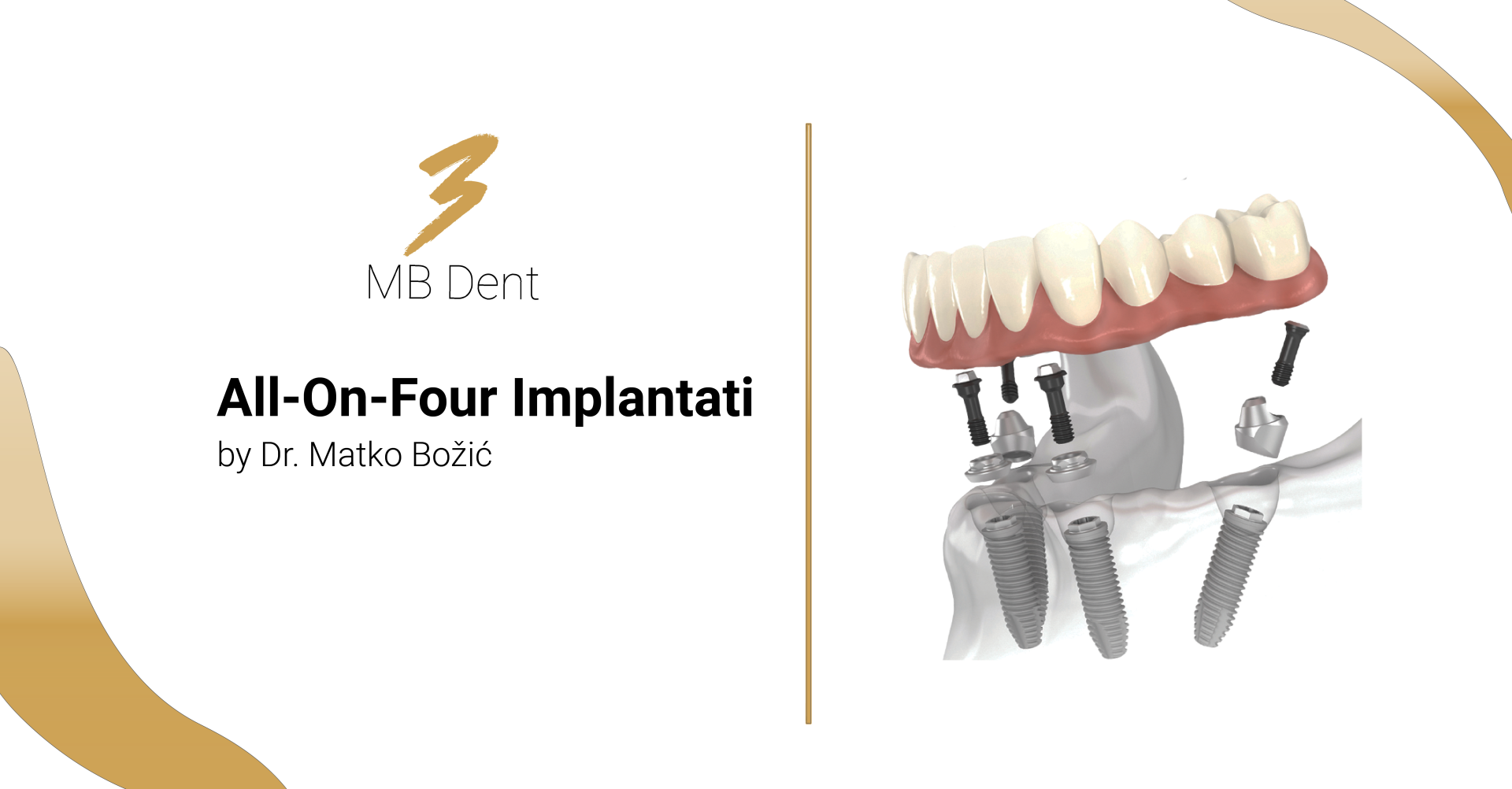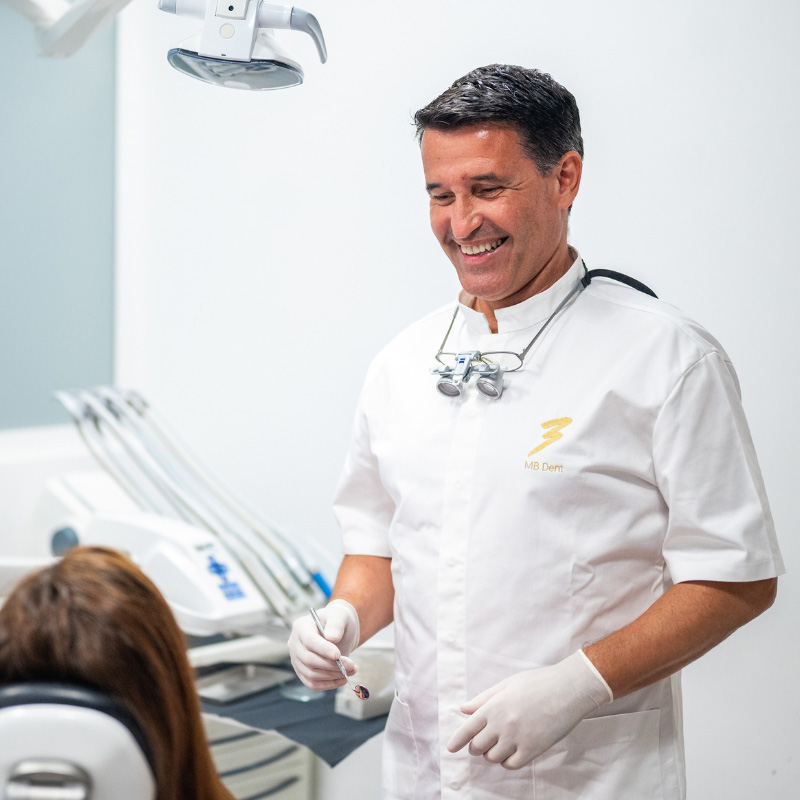Autor: Matko Božić
Dry socket is osteitis of the alveolar bone of the jaw, i.e., inflammation of the bone, and it most commonly occurs after difficult tooth extractions. Patients often report having severe pain in the area of the extracted tooth and are frequently concerned because the pain does not subside even after the extraction. Dry socket can be almost as painful as an inflamed tooth.



When does dry socket occur?
Dry socket most commonly occurs after difficult extractions of the lower wisdom tooth or after difficult extractions of any other tooth.
Why does dry socket happen?
Dry socket occurs when the process of clot formation and natural wound healing is disturbed. In normal situations, after a tooth extraction, a blood clot forms in the wound containing a lot of fibrin and platelets, which are prerequisites for proper wound and bone healing. Dry socket disorder is mostly associated with poor immune status and a disorder in the blood clotting mechanism in the body and the inability to form a blood clot, or the clot is formed but soon dislodges. Without the clot, the alveolar bone remains dry, and the alveola is often filled with food and bacteria, causing the nerve endings of the tooth to react painfully. The area around the alveola becomes red, painful to the touch, and takes longer to heal.
What are the symptoms of dry socket?
Dry socket is most commonly noticed a few days after difficult tooth extraction, and the patient describes it as a strong, dull, and persistent pain that cannot be completely calmed even with analgesics, often reflexively projected through the mandibular nerve to distant areas such as the eye, temple, ear, or neck. Patients often complain of a bad taste in their mouth and bad breath. Upon examination, an empty alveola without a clot is observed, along with red and inflamed gum tissue.
What bad habits increase the risk of dry socket?
Patients in their third age, smokers, and some studies have shown that women taking contraceptive pills are at higher risk.
What should be done to reduce the possibility of dry socket?
It is necessary to listen to the advice of an oral surgeon or dentist. After tooth extraction, hot food and drinks should be avoided for at least two days to preserve the blood clot in the alveola. Also, smoking should be avoided for one, preferably two days, as it slows down local circulation and wound healing. Mouth rinsing and drinking liquids through a straw should be avoided, as it is proven that this can wash away the blood clot from the alveola and cause dry socket.
How is dry socket treated?
The treatment of dry socket is relatively simple. Once dry socket is identified, the alveola is rinsed with saline solution or antiseptic, and the wound is mechanically cleaned to completely clear and re-blood the alveola.
Then, a product called Alvogyl is placed in it, which helps in the formation of a new clot and contains an analgesic, thus removing pain for up to two days. The action must be repeated several times, every two to three days, and most often the wound begins to heal independently within a week.If you suffer from pain caused by dry socket, contact the staff at MB Dent clinic.
For any additional information, follow the blogs of the MB Dent clinic. If you would like more information from Dr. Matko Božić and his team, write to us at info@mbdent.com, WhatsApp 095 3634 337, or call us on the phone number 01 35 35 435 or mobile 095 3634 337.






